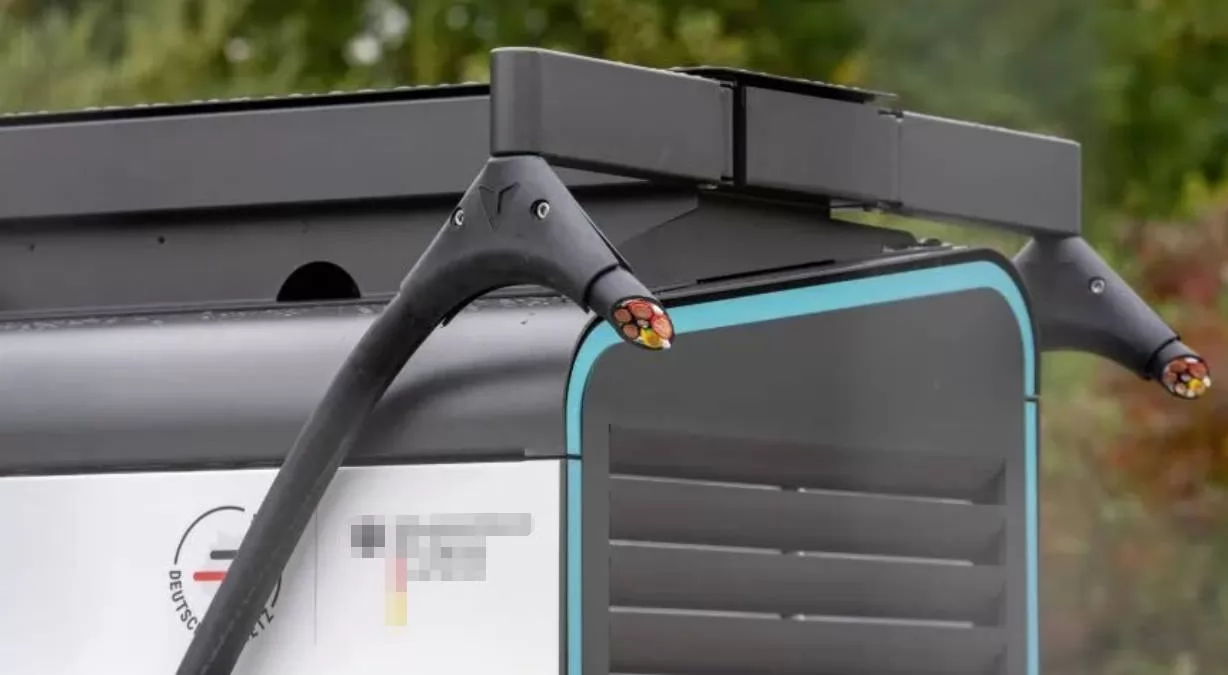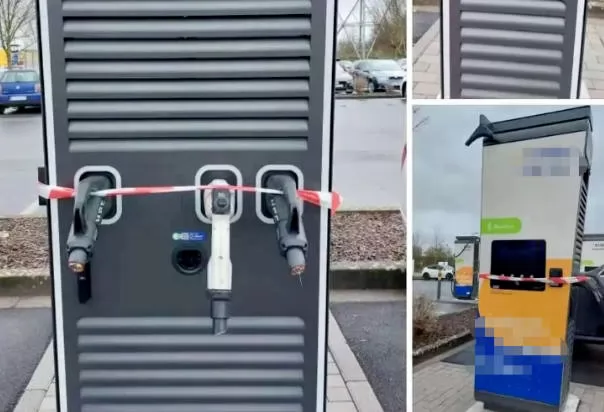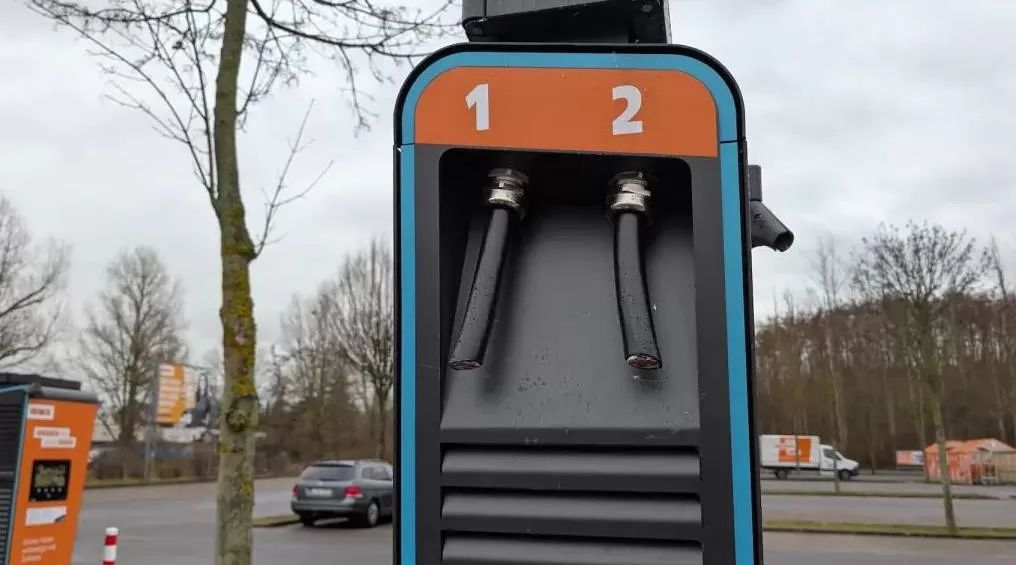
Thieves sell for 40€, while operators have to spend 3,500€ on repairs!
Across Europe and the United States, electric vehicle (EV) charging station cables are frequently being stolen, causing significant financial losses for charging network operators and severely disrupting the charging experience for EV owners.

Over the past year, InstaVolt, the UK's largest ultra-rapid EV charging network operator, has reported over 600 charging cable thefts. In Germany, as many as 70 charging stations were forced offline in a single day due to cable theft. This crisis not only impacts the operational stability of charging networks but also exposes the underlying vulnerability of charging infrastructure.
As highlighted in a feature by Automotive News Europe, “Charging Service Providers Battle Cable Thieves in Europe and the US,” global copper prices have surged to record highs. By the end of May 2024, prices reached approximately $5.2 per pound (around 0.454 kg), marking an increase of over 35% within a year.
This economic incentive has led to a sharp rise in charging cable theft. Data indicates a clear positive correlation between metal prices and theft rates: for every 10% increase in copper prices, related theft incidents typically rise by about 20%. This strong correlation has effectively turned charging cables into “portable copper mines.”

The CEO of charging equipment manufacturer Alpitronic noted that in Germany, the situation has become so severe that up to 70 charging stations can be disabled in a single day due to cable theft. A spokesperson for EnBW, Germany's largest fast-charging network operator, described 2024 as the worst year for cable theft, with criminals repeatedly cutting and stealing copper-laden charging cables.
Reports indicate that in Germany, the copper content in a single cable is worth around €40. Due to inadequate protective measures at many charging points, thieves can remove cables in mere seconds using bolt cutters. The damage caused in minutes often takes up to two weeks to repair. German charging service providers have stated they are struggling to keep up with the repair backlog.
Charging stations located in poorly monitored areas, such as suburban parking lots, face delayed emergency responses, which further reduces the perceived cost and risk for thieves. This “low-risk, high-reward” criminal pattern creates a vicious cycle. To date, recurring cable theft has become a leading cause of high failure rates for charging points in Europe and the US, and the resulting deterioration in user experience directly impacts EV adoption rates.
To protect supercharging stations and their equipment, some operators are implementing countermeasures. In particularly affected regions, Tesla has begun using anti-theft, cut-resistant sheathing to protect supercharger cables. Beneath this protective layer, dyes and inks are embedded; if someone attempts to cut the cable, these substances are released, coating the tools and the perpetrator, thereby providing critical evidence for law enforcement. This “active defense” technology aims to deter and reduce theft.
EnBW reported that since the beginning of this year, its network of over 130 fast-charging sites has experienced more than 900 cable theft incidents. The average repair cost per incident is around €3,500, while thieves fetch only about €40 per cable when sold as scrap copper.

The paltry sum gained by thieves is a fraction of the repair costs. These cases demonstrate that individual operators often struggle to bear the full cost of large-scale security measures across their networks.
Currently, China's public charging market also faces challenges such as low utilization rates per charger, compressed profit margins, uneven service quality, and inconsistent operational standards. If combined with losses from theft, operators would not only face direct equipment losses but also operational disruptions and customer attrition. The survival pressure on small and medium-sized operators would intensify further.
To address this asset protection challenge, operators could collaborate with insurance providers to establish risk-sharing pools and develop specialized property insurance products against theft and vandalism.
Building a multi-layered defense is also essential. Intelligent detection systems, including high-definition night-vision cameras deployed at key points for comprehensive coverage, can serve as both a deterrent and provide vital evidence for post-incident investigations.
For proactive prevention, site selection during the initial planning phase should prioritize avoiding isolated, vulnerable locations. Daily operations should include regular inspection routines to prevent thefts from going unnoticed for extended periods. Furthermore, developing integrated “charging + retail” hubs—such as combining charging with convenience stores or rest areas—can increase foot traffic and enhance site security.
Additionally, the installation of socket-based charging stations (where the connector cable is detachable from the socket), such as the Anari Gaia AC Series, can help mitigate theft risk. During peak charging hours, all sockets can remain operational, while during low-usage periods, most connector cables can be removed and stored securely, leaving only a limited number available.
The charging cable theft crisis in Europe and the US is not merely a public security issue but also reflects insufficient resilience in energy transition infrastructure. Equipment security is fundamental to the operation of charging infrastructure and a baseline requirement for the high-quality development of new energy infrastructure.
For operators, investing in anti-theft measures is a necessary cost to ensure operational continuity. Before the next wave of charging network expansion, the industry must reinforce physical defenses through technological upgrades and eliminate security blind spots through management optimization. This will solidify the foundation for reliable energy replenishment services for electric vehicle users.







